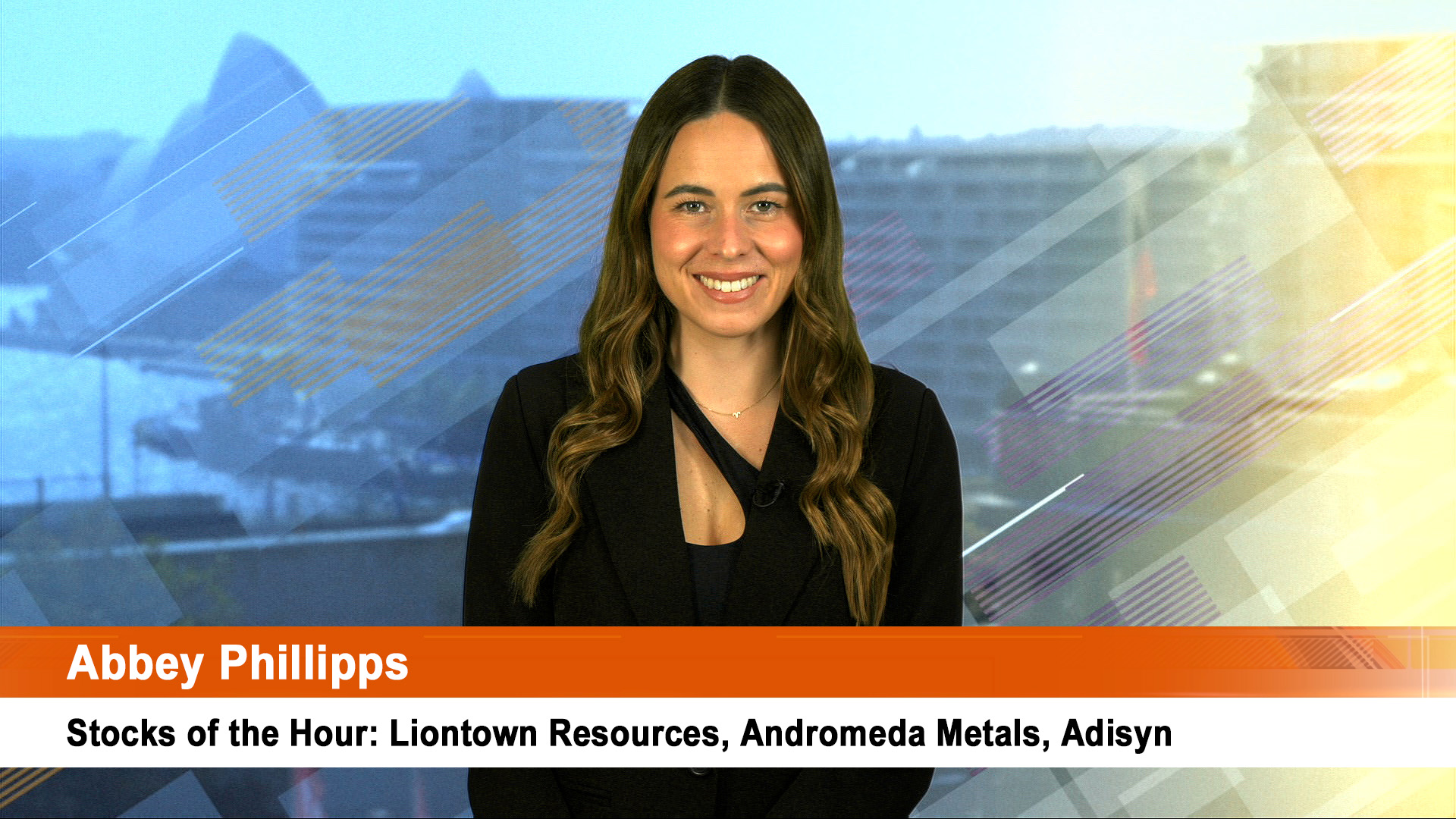Oil and gas producers Beach Energy and Roc Australia have continued the recent solid earnings reports of the country’s hydrocarbons sector.
Woodside, Oil Search and Santos have already revealed solid profit rebound for the 2011 financial year, as did BHP Billiton in its petroleum division.
Petsec and AWE are due to report their latest results later today.
Beach said yesterday that it earned a net profit of $56 million for the six months to December 31, 2011, up from an $88 million loss in the same period in 2010.
The loss in 2010 was caused by the $118 million write-down of its Basker Manta Gummy (BMG) oil and gas fields asset in Bass Strait.
Beach’s oil and gas production comes from the Cooper Basin in South Australia’s northeast, and the Eromanga Basin in southwest Queensland.
Total production of 3.46 million barrels of oil equivalent (mmboe) in the six months to December 31 was down 0.7% from 3.48 mmboe in the previous corresponding period.
The fall was caused by access issues because of wet weather and floods in Santos-operated areas in the Cooper Basin.
First half sales revenue of $294 million was up 11 % on the previous corresponding period’s $265 million, primarily due to a 32% rise in oil prices.
Directors announced an unchanged interim dividend payment of 0.75c a share.
Gas and gas liquids production was down 3%, mainly as a result of continued weather effects within the Cooper Basin gas business.
Oil production was up by 3% as a result of the reinstatement of the Tantanna pipeline, connection of wells associated with a successful development drilling campaign and the reinstatement of the Growler field into production.
Full access to operating areas within the Cooper Basin was now possible, Beach said in a statement.
Because of that Beach expects to reach its forecast production of 7.5 mmboe in the 2011/12 financial year.
Beach shares fell 9.5c or 5.7% to $1.67.

And ROC Oil Company has booked its first annual profit since 2005, partly as a result of the higher oil price.
ROC yesterday reported a net profit of $US27.7 million for the 12 months to December 31, 2011, compared to a net loss of $US35.9 million in 2010.
The company said its producing assets in Australia, Africa, China and the UK had recorded a solid performance last year, although production fell 13% to 2.7 million barrels of crude oil.
That fall in production was due to natural field declines, the shutting of the BMG oil and gas fields offshore Victoria (which impacted Beach in 2010-11) and production interruptions at the Cliff Head oil field off Western Australia.
The average realised oil price was $US110.93 per barrel, up from $US78.60 per barrel in 2010.
ROC Oil chief executive Alan Linn said 2011 had been a very positive year for the company.
"It’s the first financial result where ROC has actually booked a profit since 2005," Mr Linn said during a market briefing.
"It’s mainly due to the solid performance of the underlying operational business, (and) our success at controlling costs.
"Obviously, the ongoing strong oil price has supported that considerably."
2012 will be another important year for ROC as the development phase of the Beibu Gulf project and the pre-development phase of the Balai Cluster RSC progress, and a second appraisal well is drilled in the expanded Zhao Dong block," Mr Linn said.
"For 2012, production guidance is between 6,000-7,000 BOEPD, operating costs per BBL are anticipated to remain constant and capital expenditure is not expected to exceed US$140 million."
Mr Linn said 2011 production was within guidance. ROC’s revenue from the sale of oil and gas for the 2011 calendar year rose 21% to $285.8 million.
Unlike Beach, ROC did not declare a dividend.
ROC Oil shares rose a cent to 40c.














